The colonial era was a time of elegance and sophistication, and this is reflected in the design of dining rooms during that period. If you are looking to create a historic colonial dining room in your home, there are several design ideas that you can take inspiration from. The first step in creating a colonial dining room is to choose a color scheme. The most popular colors during this time were rich and warm tones such as burgundy, deep green, and navy blue. These colors were often used on the walls, curtains, and upholstery of furniture. A popular design element of colonial dining rooms was the use of wood paneling on the walls. This added a touch of warmth and sophistication to the room. You can also incorporate this element by adding wainscoting to your walls or using wallpaper with a wood grain pattern. When it comes to furniture, colonial dining rooms were known for their sturdy and elegant pieces. Dark wood was the preferred choice for tables and chairs, and often featured intricate carvings and details. A long, rectangular table was commonly used, with matching chairs that had upholstered seats for added comfort.Historic Colonial Dining Room Design Ideas
The furniture used in colonial dining rooms was not only elegant, but it was also functional. Aside from the dining table and chairs, other pieces of furniture that were commonly found in these rooms were buffets, sideboards, and china cabinets. These provided storage for dishes, silverware, and other dining essentials. If you want to recreate a colonial dining room, you can look for antique or vintage furniture pieces that have a similar style. However, if you prefer a more modern look, you can also find replicas or modern versions of colonial furniture that still exude the same elegance and sophistication.Colonial Dining Room Furniture
When it comes to decor, colonial dining rooms were all about ornate details and luxurious accents. This could include crystal chandeliers, silver candelabras, and fine china. These elements added a touch of opulence to the room and were often displayed on mantels or sideboards. To add a touch of colonial charm to your dining room, you can incorporate traditional patterns such as floral or damask in your curtains, upholstery, or table linens. You can also add decorative items such as brass candlesticks or framed paintings to enhance the overall look and feel of the room.Colonial Dining Room Decor
The right lighting is essential in creating a historic colonial dining room. During this era, candles were the primary source of light, so incorporating candlestick or candelabra fixtures can add an authentic touch to your dining room. You can also opt for chandeliers or lamp shades with intricate designs to add a touch of elegance and warmth to the room. If you prefer a more modern approach, you can choose recessed lighting or track lighting that will provide adequate light while still keeping with the colonial style.Colonial Dining Room Lighting
As mentioned earlier, rich and warm colors were popular in colonial dining rooms. However, you can also opt for neutral colors such as cream, taupe, or beige if you prefer a more subdued look. These colors can be incorporated through your walls, curtains, or furniture upholstery. Another way to add color to your dining room is through accessories such as throw pillows, table runners, or artwork. These small touches can add a pop of color and tie the whole room together.Colonial Dining Room Colors
The dining table is the centerpiece of any dining room, and this is no different in a historic colonial dining room. As mentioned earlier, a long, rectangular table was commonly used during this era. However, you can also opt for a round or oval table depending on the size and layout of your dining room. When choosing a dining table, make sure to consider the size and shape that will best fit your space. You should also consider the material, whether it be wood, metal, or glass, to ensure that it fits in with the overall style of your dining room.Colonial Dining Room Table
When it comes to chairs, colonial dining rooms often featured matching sets that were sturdy and comfortable. If you are opting for an authentic look, you can choose chairs with upholstered seats and wooden frames. However, if you want a more modern touch, you can mix and match different styles and materials for a more eclectic look.Colonial Dining Room Chairs
Wallpaper was a popular choice for colonial dining rooms, and it can add a touch of elegance and texture to your space. You can choose from a variety of patterns such as floral, damask, or stripe to add visual interest to your walls. Make sure to choose a wallpaper that complements your color scheme and furniture.Colonial Dining Room Wallpaper
The chandelier is often the focal point of a dining room, and this is no different in a colonial dining room. A crystal chandelier with intricate details and designs can add a touch of grandeur to the space. You can also opt for metal or wood chandeliers that have a more rustic or industrial feel.Colonial Dining Room Chandelier
If you prefer a more modern approach to a historic colonial dining room, you can choose to paint your walls instead of using wallpaper. As mentioned earlier, neutral colors are a great choice for a more subdued look. You can also opt for bold colors such as red or blue to add a pop of color and make a statement. When deciding on paint colors, make sure to consider the lighting in your dining room as it can affect how the color looks. It is also recommended to test out paint samples on your walls to see how they look in different lighting throughout the day. In conclusion, creating a historic colonial dining room involves incorporating elements of elegance, sophistication, and functionality. By following these design ideas and tips, you can create a beautiful and timeless space that will transport you back in time. Remember to have fun and add your own personal touch to make it truly your own.Colonial Dining Room Paint Colors
The Historic Colonial Dining Room : A Timeless and Elegant Space

The Charm of Colonial Architecture
 Nestled within the grandeur of a historic colonial home, the dining room is often the heart of the house. It is a space where family and friends gather to share meals and create cherished memories. The design of a colonial dining room is steeped in history, with influences from European and American styles. It exudes a sense of elegance and sophistication, while still maintaining a cozy and welcoming atmosphere.
The colonial style originated in the 1600s and flourished in America until the late 1700s. During this time, colonists brought their cultural influences and blended them with the local materials and craftsmanship, creating a unique architectural style. The result is a combination of English, Dutch, French, and Spanish design elements, known for its symmetry, balance, and attention to detail.
Nestled within the grandeur of a historic colonial home, the dining room is often the heart of the house. It is a space where family and friends gather to share meals and create cherished memories. The design of a colonial dining room is steeped in history, with influences from European and American styles. It exudes a sense of elegance and sophistication, while still maintaining a cozy and welcoming atmosphere.
The colonial style originated in the 1600s and flourished in America until the late 1700s. During this time, colonists brought their cultural influences and blended them with the local materials and craftsmanship, creating a unique architectural style. The result is a combination of English, Dutch, French, and Spanish design elements, known for its symmetry, balance, and attention to detail.
The Elements of a Colonial Dining Room
 When designing a colonial dining room, there are several key elements to consider. The first is the use of natural materials such as wood and stone. These materials not only add character and warmth to the space but also reflect the natural surroundings of the colonial home. The use of rich and dark woods, such as cherry, mahogany, and walnut, is a hallmark of colonial design.
Another important element is the incorporation of intricate details and moldings. From crown molding to wainscoting, these decorative features add depth and texture to the walls and ceilings of a colonial dining room. The use of ornate chandeliers and sconces also adds to the overall grandeur of the space.
When designing a colonial dining room, there are several key elements to consider. The first is the use of natural materials such as wood and stone. These materials not only add character and warmth to the space but also reflect the natural surroundings of the colonial home. The use of rich and dark woods, such as cherry, mahogany, and walnut, is a hallmark of colonial design.
Another important element is the incorporation of intricate details and moldings. From crown molding to wainscoting, these decorative features add depth and texture to the walls and ceilings of a colonial dining room. The use of ornate chandeliers and sconces also adds to the overall grandeur of the space.
The Timeless Appeal of a Colonial Dining Room
 One of the most appealing aspects of a historic colonial dining room is its timeless appeal. The design elements and features used in this style have stood the test of time and continue to be popular in modern-day homes. By incorporating traditional pieces with more contemporary elements, a colonial dining room can be updated to suit any personal style.
In addition to its aesthetic appeal, a colonial dining room also has a functional aspect. The layout is often designed for large gatherings, with a large table and ample seating. This makes it the perfect space for hosting holiday dinners or special occasions.
In conclusion, the historic colonial dining room is a perfect blend of elegance, functionality, and timeless charm. It embodies the rich history of colonial architecture and adds a touch of sophistication to any home. Whether you are a fan of traditional design or looking to add a touch of history to your modern home, a colonial dining room is sure to impress.
One of the most appealing aspects of a historic colonial dining room is its timeless appeal. The design elements and features used in this style have stood the test of time and continue to be popular in modern-day homes. By incorporating traditional pieces with more contemporary elements, a colonial dining room can be updated to suit any personal style.
In addition to its aesthetic appeal, a colonial dining room also has a functional aspect. The layout is often designed for large gatherings, with a large table and ample seating. This makes it the perfect space for hosting holiday dinners or special occasions.
In conclusion, the historic colonial dining room is a perfect blend of elegance, functionality, and timeless charm. It embodies the rich history of colonial architecture and adds a touch of sophistication to any home. Whether you are a fan of traditional design or looking to add a touch of history to your modern home, a colonial dining room is sure to impress.








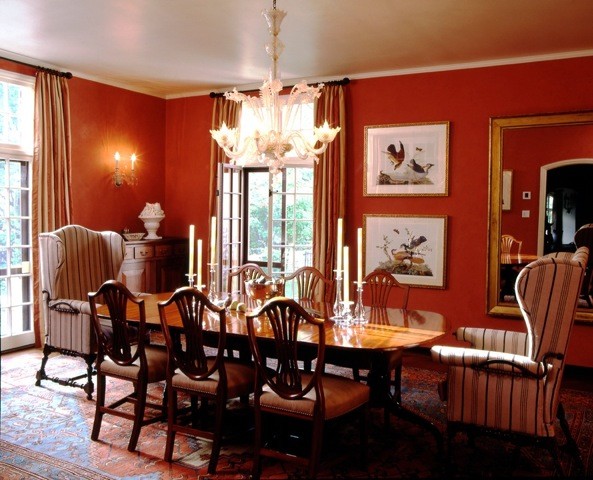
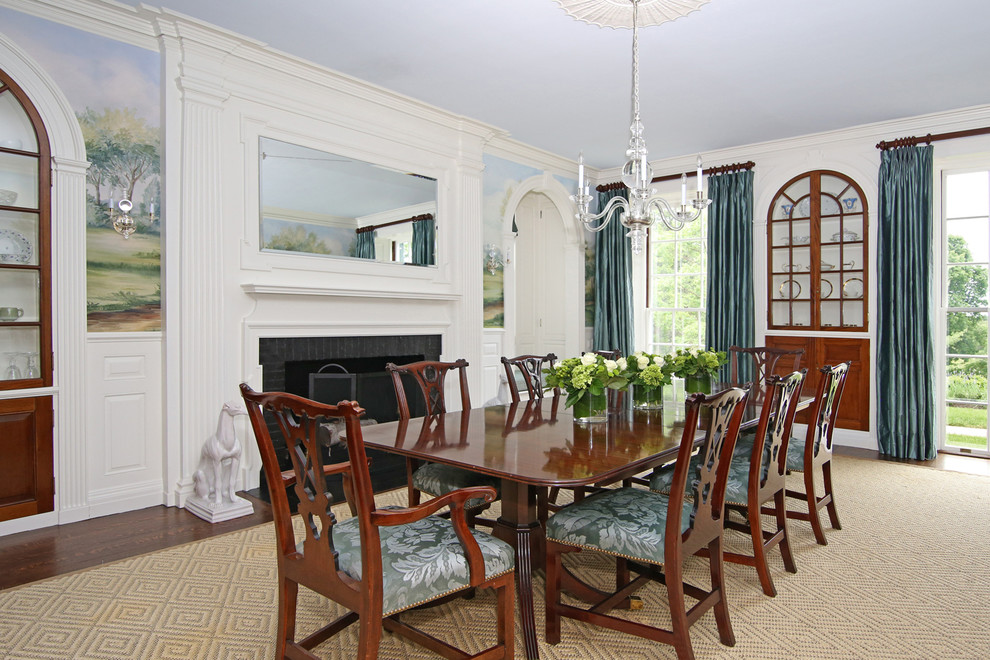















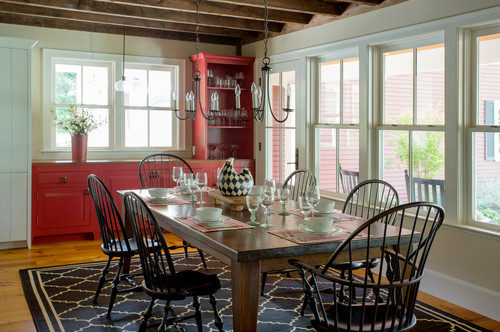





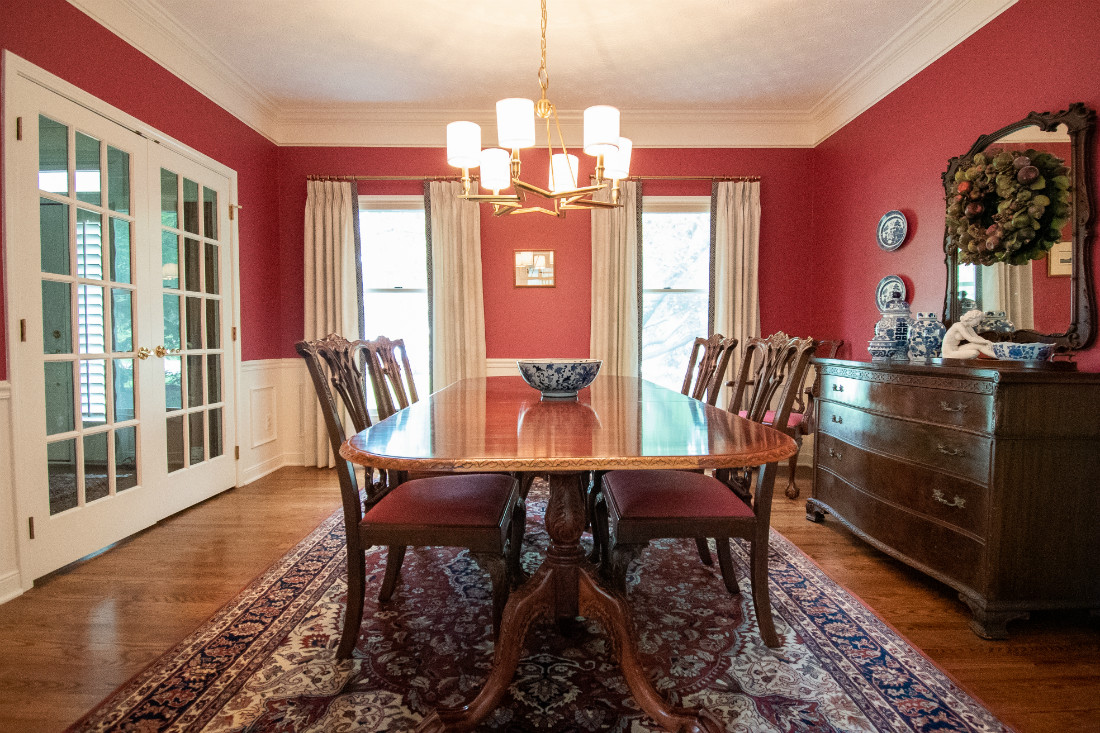












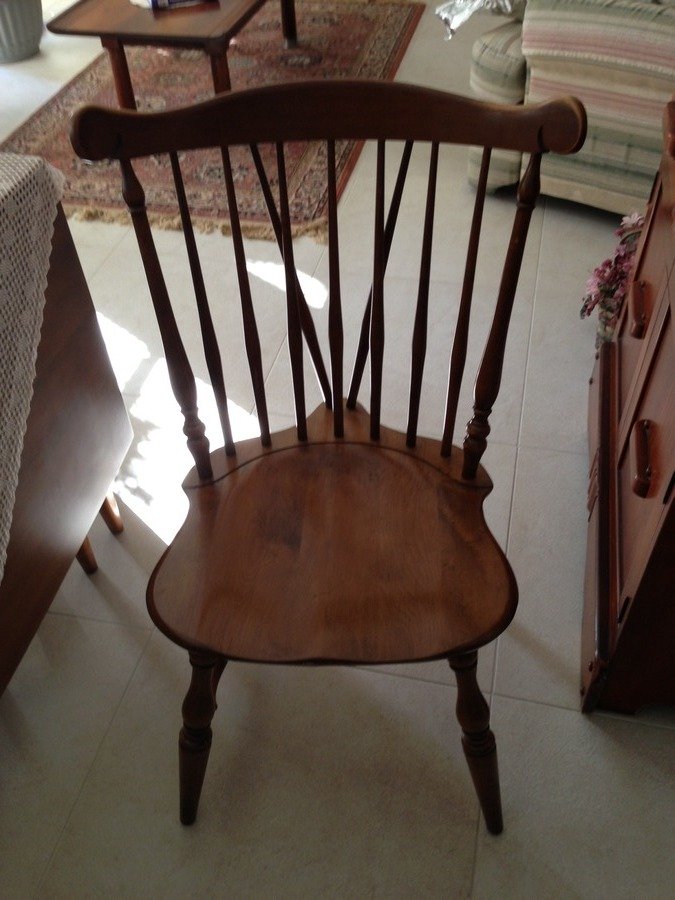




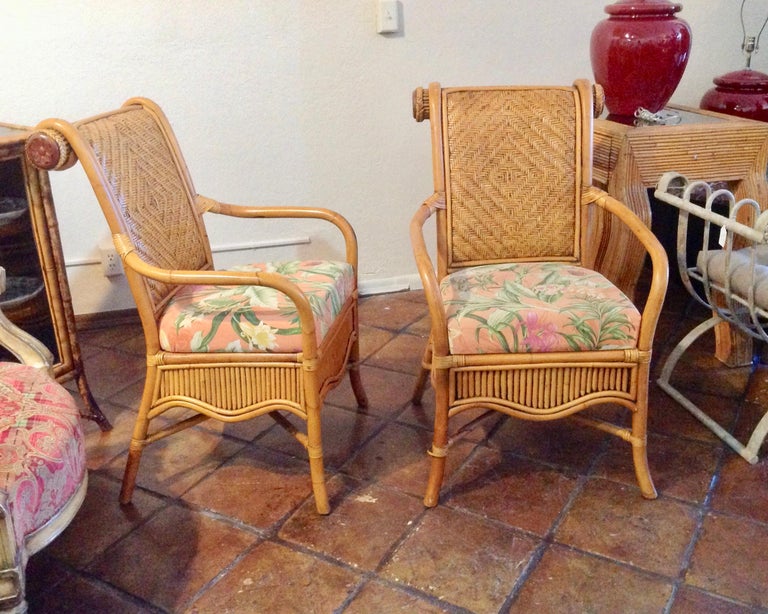
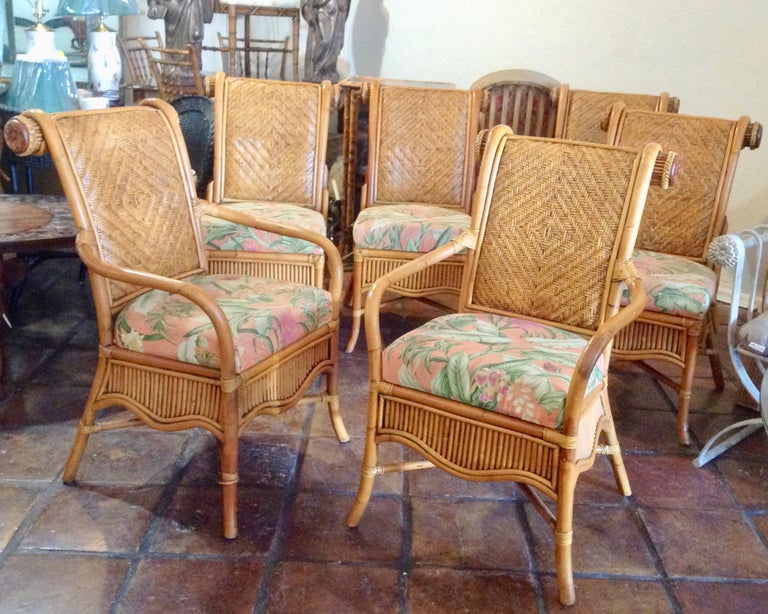
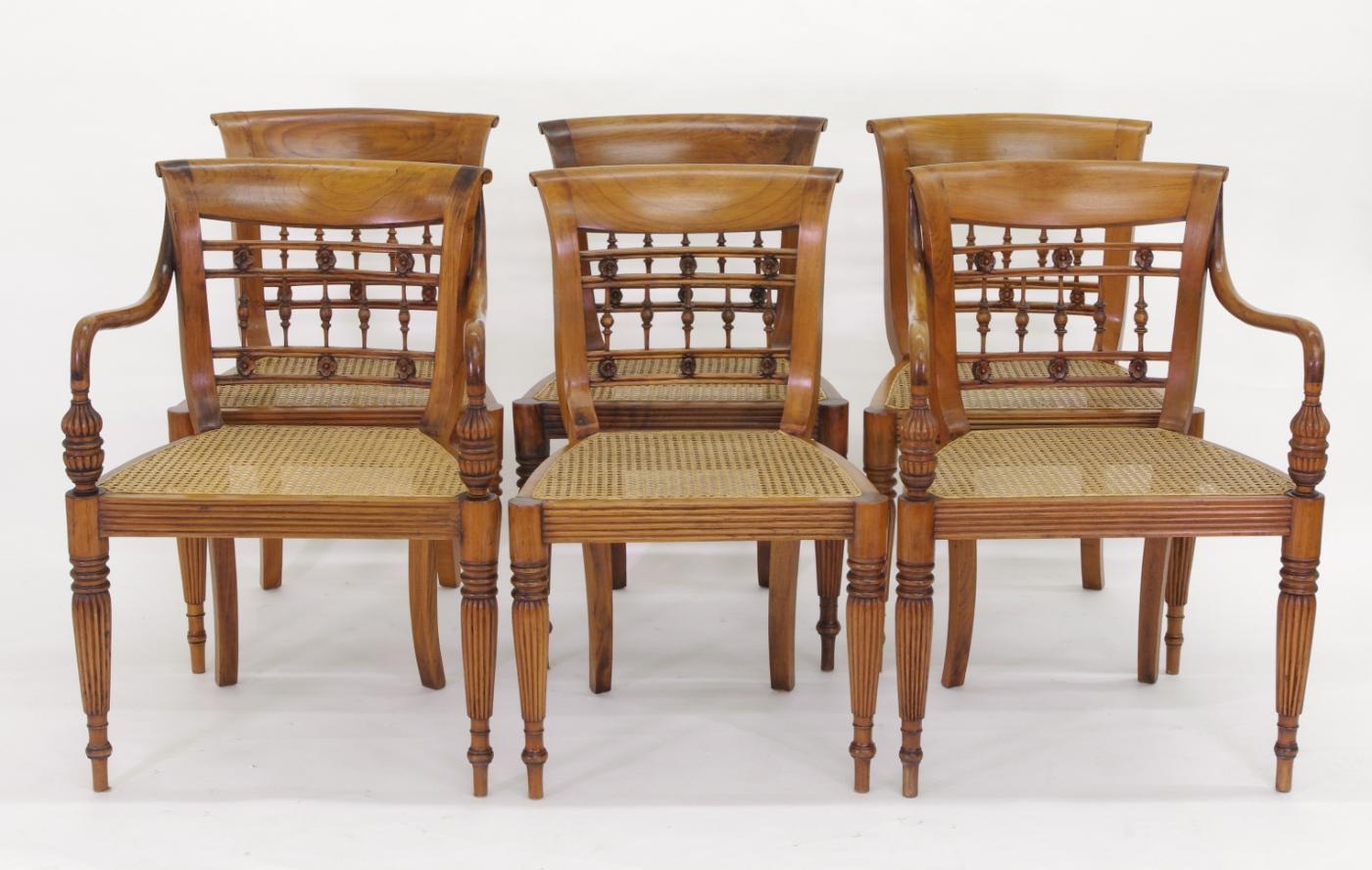

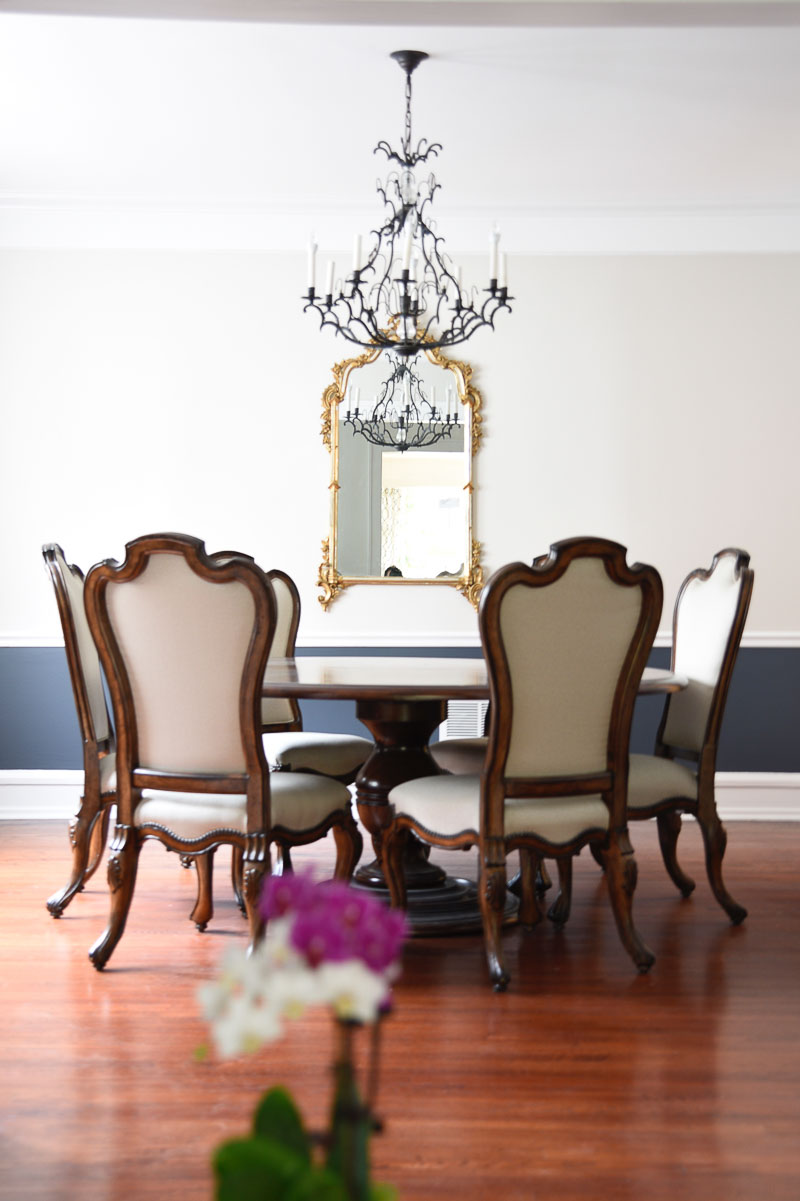

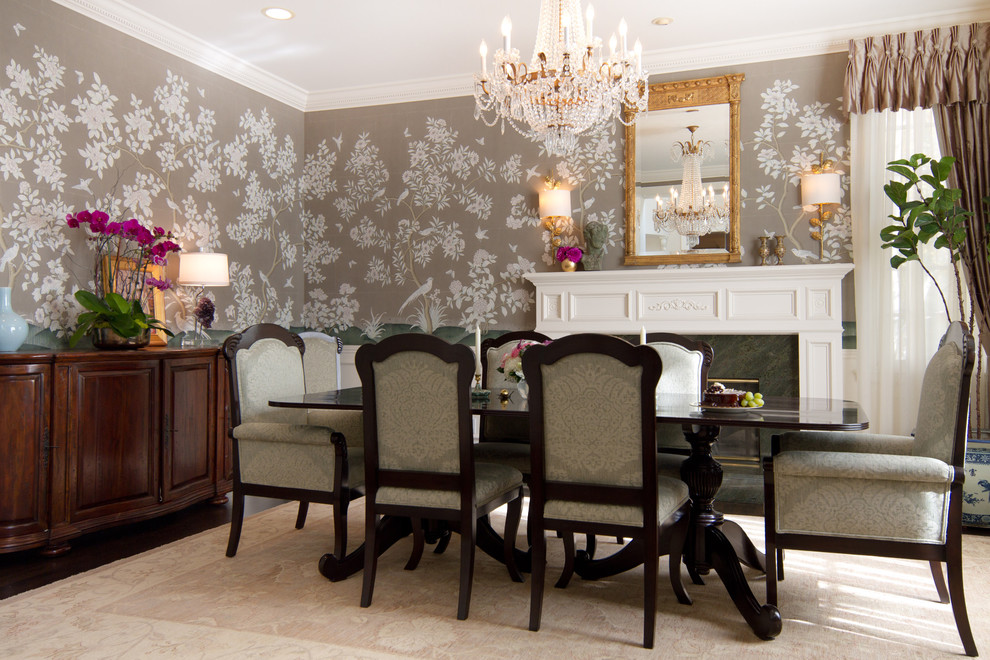









/Chandelier_0635-0b1c24a8045f4a2cbdf083d80ef0f658.jpg)






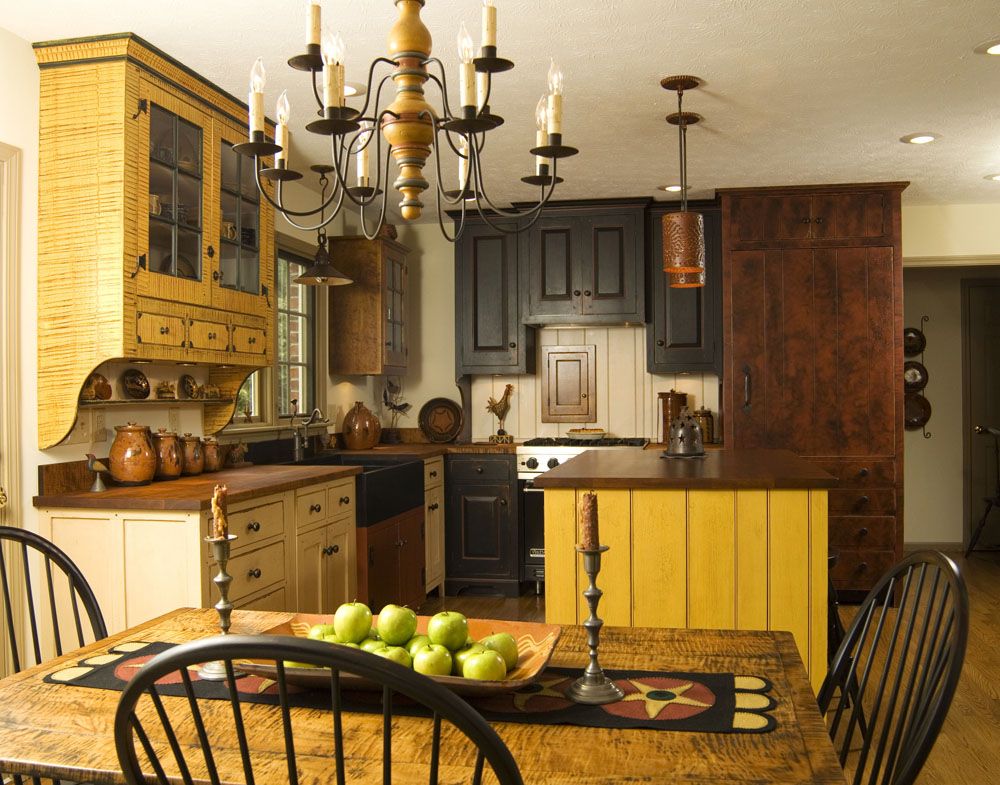



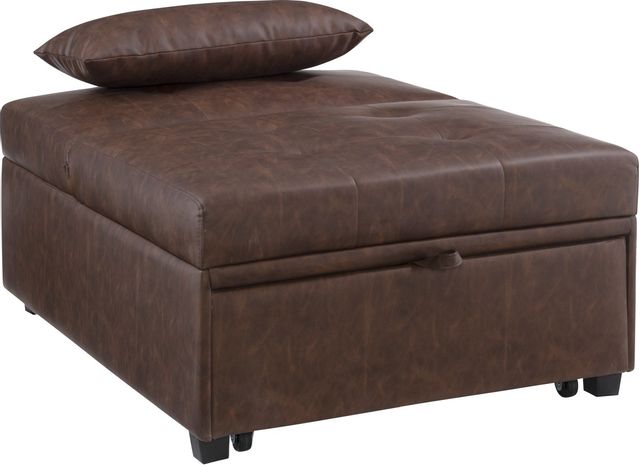



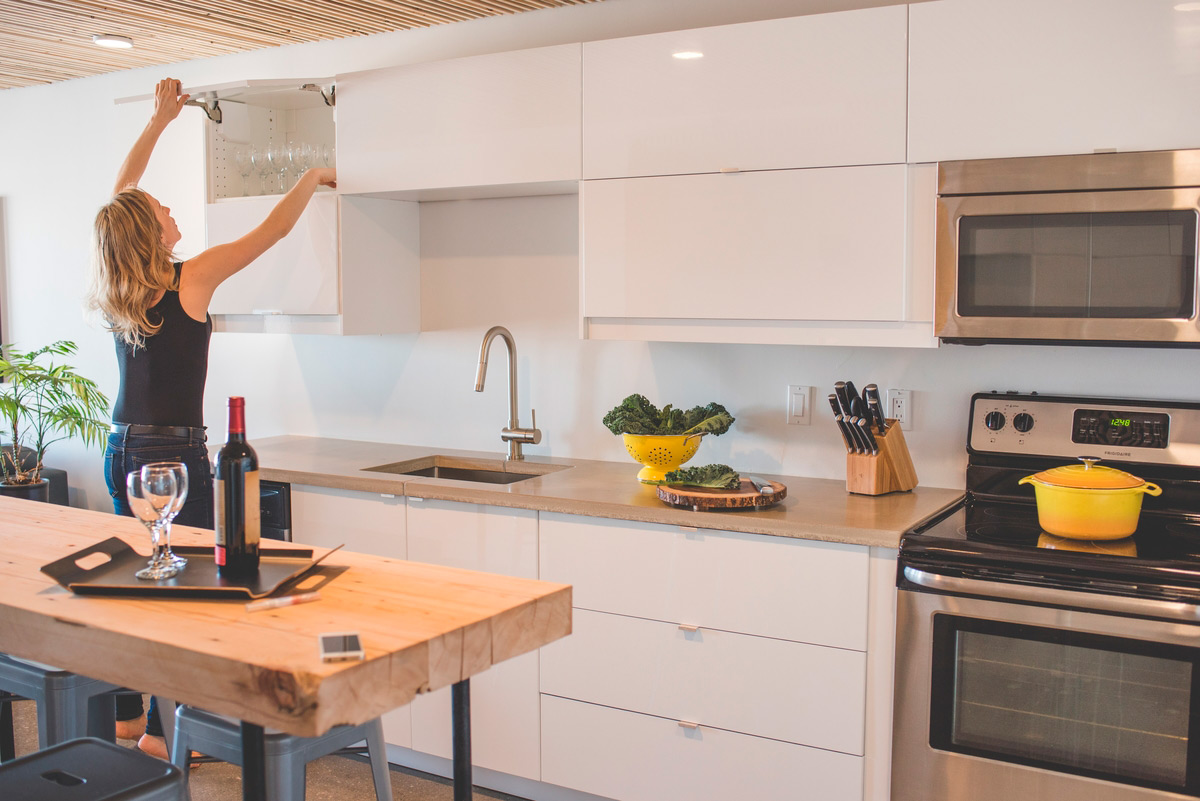
:max_bytes(150000):strip_icc()/SleeponLatex-b287d38f89374e4685ab0522b2fe1929.jpeg)
